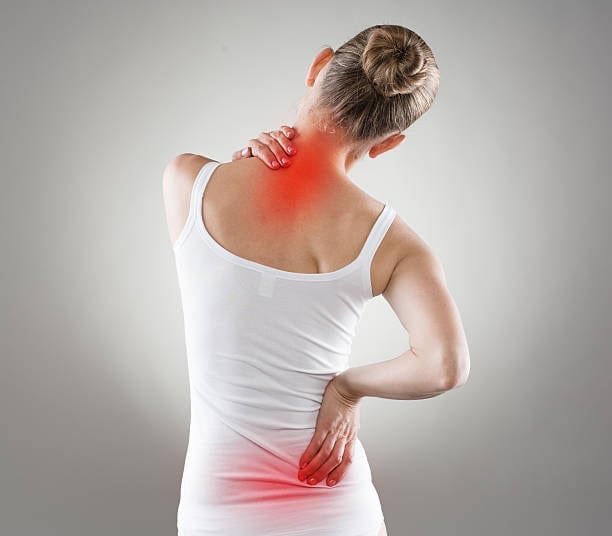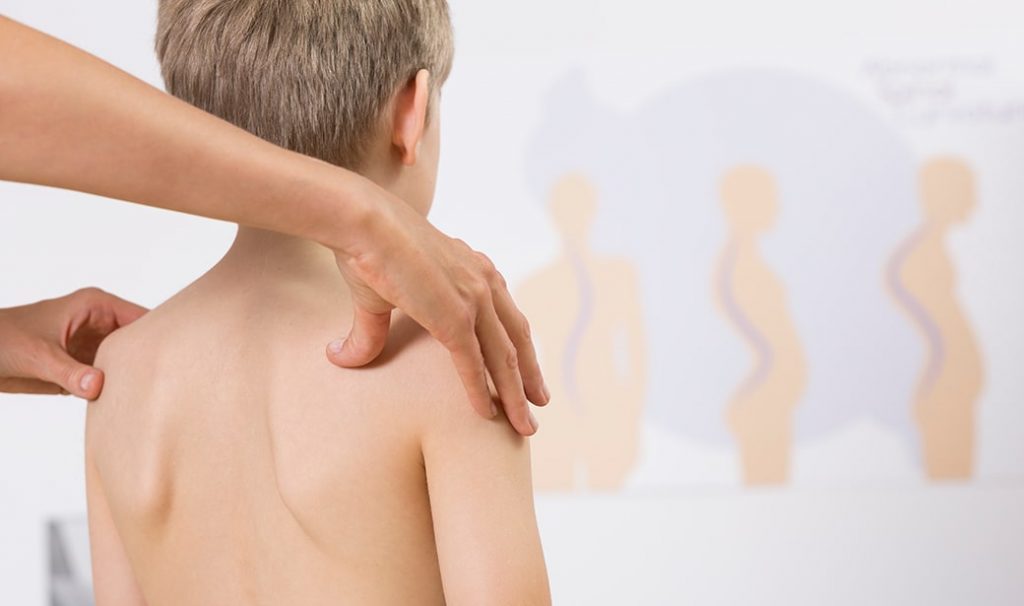Attributed to Dr Lim Sze Wei, Consultant Orthopaedic, Spine and Trauma Surgeon, ALTY Orthopaedic Hospital
With schools reopening soon, it is time again for children to lug their heavy bags after almost two years of virtual learning. Prior to the pandemic, the topic of heavy school bags has been widely debated and the health issue that is commonly associated with it is scoliosis, a curvature of the spine that is often diagnosed in adolescents.
In Malaysia, studies suggest that scoliosis affects two to three percent of the population — between 600,000 and 900,000 people. Scoliosis usually affects teenagers from the ages of 10 to 17 during their growth spurt. The curves are often C-shaped or S-shaped and anything that measures more than 10 degrees on an X-ray is considered scoliosis. Possible complications of scoliosis include chronic pain, breathing difficulties, and a reduced capacity for exercise.
Are Heavy School Bags Causing Scoliosis?
For many years, people have mistakenly believed that heavy bags can cause the spine to curve. However, research and medical reports have noted that there are no associations between the occurrence of scoliosis and heavy school bags. It also doesn’t support the idea that a heavy bag can structurally change a child’s growing spine.
Although heavy bags do not cause scoliosis, using them incorrectly or for prolonged periods can cause other forms of spinal problems such as back pain, bad posture, muscle weakness, and fatigue. It is proven that adolescents who suffer from back pain will probably have chronic back pain as adults.
So, What Really Causes Scoliosis?
For one, scoliosis is not caused by carrying heavy school bags or anything a child or parent did or did not do. Scoliosis can occur in people with conditions such as cerebral palsy or muscular dystrophy but in most cases, scoliosis is idiopathic – which means there is no known cause. Nonetheless, there are a few risk factors that have been identified such as:
- Age – Most cases occur when a child reaches their growth spurt at the age of 10 and older.
- Gender – Girls might have a higher risk of developing scoliosis than boys.
- Family History – Scoliosis can be inherited genetically from parents, affected siblings or close relatives with the condition.
Most cases of scoliosis are mild, but some curves worsen as children grow and severe scoliosis can be disabling. Cases of scoliosis with a known cause are rarer than idiopathic scoliosis cases. Non-idiopathic scoliosis is often caused by a poorly developed spine or as a side effect of other diseases such as neuromuscular conditions, connective tissue disorders, and genetic conditions.
How to spot if your child is showing signs of scoliosis
Scoliosis can worsen very quickly during adolescence because the child is growing fast during this period. The symptoms are also not always obvious in mild cases, thus, it is important that parents check their children from time to time. The earlier it is detected, the better the odds of preventing scoliosis from causing serious issues down the line.
The good news is parents can easily check for signs and symptoms of scoliosis at home. One of the most prevalent signs of scoliosis that can be observed include a difference in the height or position of shoulders, shoulder blades or hips – for example, one shoulder seems to be consistently dropping below the other. Another one is the head not being centred with the rest of the body.
Parents may also do a quick ‘Adam’s Forward Bend Test’ to see the curvature of the spine. They can do this by asking their children to bend forward with both palms between the knees, any disparity in the rib cage or other deformities along the back could be a sign of scoliosis. If there is a suspicious situation, it is absolutely necessary to consult the doctor without wasting time.
The Treatment for Scoliosis
For mild scoliosis cases, nonsurgical treatment methods such as exercise and bracing can help to slow or stop the progression of the curve, and it can also help to relieve the back pain associated with the condition. However, these methods cannot fix the curvature in the spine and patients will need to be monitored throughout their lives to ensure that the condition does not worsen.
Surgery is only necessary if the curvature in the spine is severe and interferes with the patient’s quality of life. If surgery is necessary, advances in surgical methods have made for a safe and effective procedure, with much shorter recovery times than were associated with scoliosis surgery in the past.
At ALTY Orthopaedic Hospital, when determining a child’s best treatment plan for scoliosis, our team of specialists considers the severity of the curve, where it occurs in the spine, and the child’s age and stage of growth. If there is a delay of many months in diagnosis or follow-up, we may miss the chance to use very effective methods to prevent scoliosis progression during growth and it can make the treatment more challenging.
It is critical that new scoliosis cases continue to be treated as quickly as possible, notwithstanding COVID-19. In adolescent cases particularly, even a few weeks can make a significant difference to the path of treatment as well as the potential outcome. The pandemic may have put a stop to many activities in our lives, but it hasn’t stopped kids from growing fast.
As a healthcare provider, I would recommend parents to consult their medical practitioners as soon as they detect any changes in the child’s growth. With routine check-ups and timely intervention, conditions like scoliosis can be managed better, giving your child a better quality of life.






